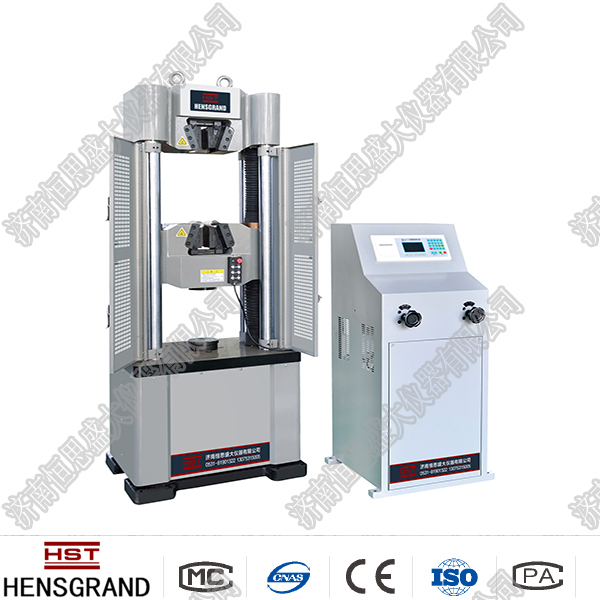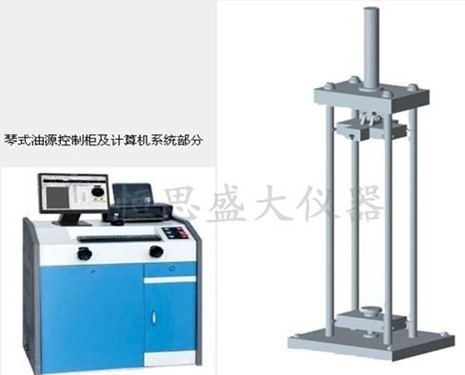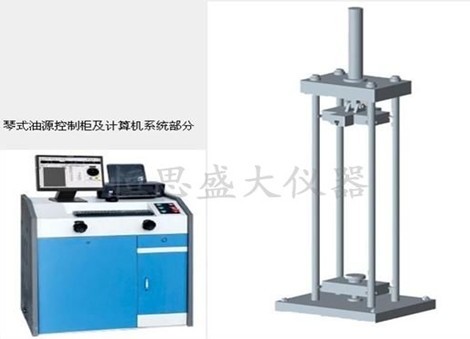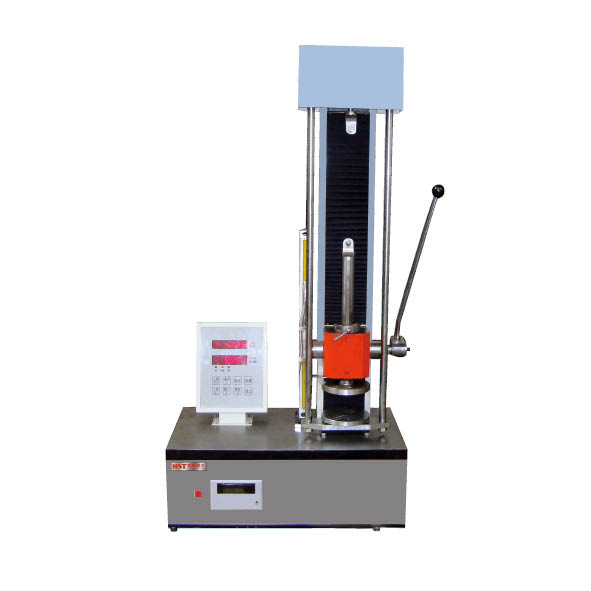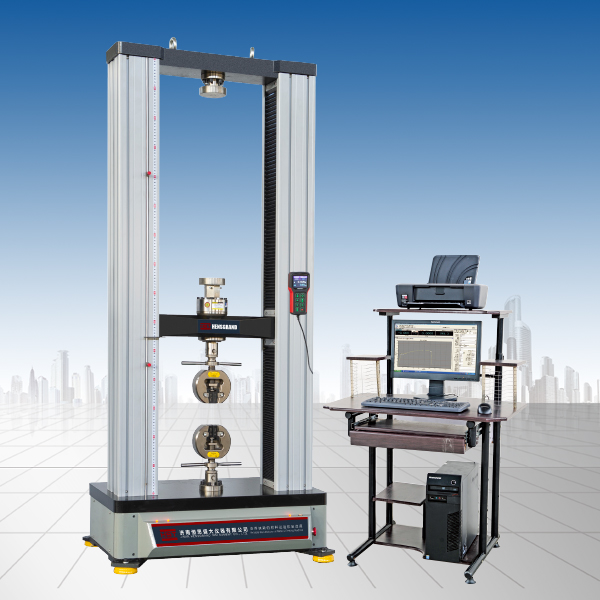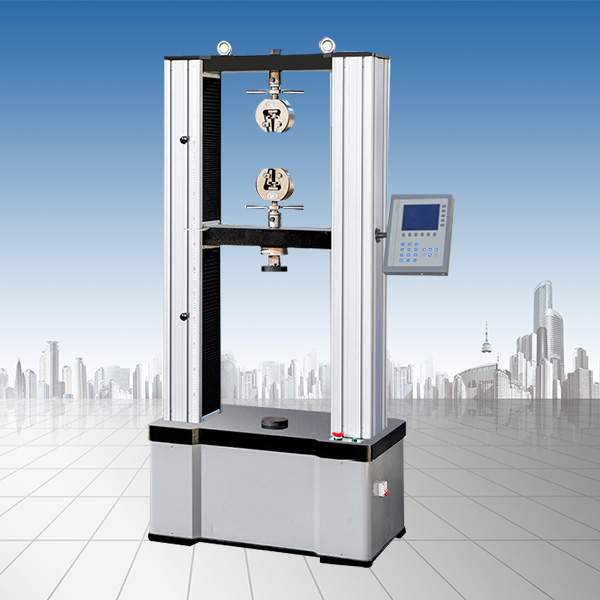Company News
Analysis of common terms in the use of test machines
Release time:2018-11-23 source:Jinan Hengsi Shanda Instrument Co., Ltd. Browse:
S-N Picture
In the Vaimi experiment, a graph of the stress (S) relative to the number of cycles (N) when the sample is dissipated is used, which is called the S-N graph. The curve in the S-N graph is composed of a set of data points that determine their decompressed lifespan under divergent alternating stress. Stress coordinates can represent stress amplitude, stress or small stress. Coordinates of a certain logarithmic standard are often used to reveal performance N, and sometimes also to reveal performance S.
Elongation
Tensile experimentThe amount of data ductility measured in the measured data. It is the gauge increment (measured after the breakage) divided by the original gauge length. The higher the elongation, the higher the ductility. It is impossible to use elongation to guess the characteristics of data when it receives sudden loads or repeated loads.
Volume elastic modulus
The ratio of stress and volume transition when data is subjected to axial load is called the volumetric elasticity modulus. The relationship between the volumetric elastic modulus and the elastic modulus (E) and Poisson's ratio (r) is revealed by the inferior equation: the volumetric elastic modulus K=E/3 (1-2r).
Impact strength
In impact experiments, the energy required for the sample to break under impact loads. Others can also be called impact energy, impact value, impact resistance, and energy reception value. It is a target value for data toughness.
Impact energy
In impact experiments, the energy required for the part to break under impact loads. Other titles include impact value, impact strength, impact resistance, and energy reception value.
Submission intensity
Without causing plastic deformation, the stress value that the data can accept becomes the yielding strength of the data. Under this stress, the data is subjected to the rule forever deformation of the inevitable amount, and this stress is also an approximation of the elastic limit of the data practice. The premise yield strength can be measured through stress-strain diagrams. It is the stress value corresponding to the intersection of the stress-strain curve and a line parallel to the local line in the stress-strain curve. (called regular yield strength) Regarding metals, the mortal rule is eternally deformed to 0.2%, that is, the sub-intersection point of the rule line and the 0 stress axis is at 0.2% strain. Regarding plastic, this strain value is 2%.
Flexibility of elongation
The strain when the data yields to the intensity is a representation of the data ductility.
Stiffness
It refers to the amount of plastic bending resistance. It also includes two characteristics: plasticity and elasticity, so stiffness is only the apparent value of the elastic modulus rather than the true value (ASTMD-747 specification).
Rigid modulus
It means that the strain of the sample receiving shear or changing the load is a function of stress, and the rigid modulus is the transition rate of stress by strain. It is the elastic modulus measured in the experiment, that is, the elastic modulus in the experiment and the shear experiment. The apparent rigid modulus is a way to change the plastic stiffness measured in the experiment (ASTMD-1043). The reason why it is called "appearance" is that the sample has exceeded its proportional limit and can deflect, and the calculated values cannot be as good as the true elastic modulus represented by the data elastic limit.
Hooke's Law
Stress is directly proportional to the cause. Hooke'slaw is established on the premise that data is completely elastic. It does not consider the characteristics of the plasticity or dynamic loss of data.
Recommended productsPRODUCTS


















